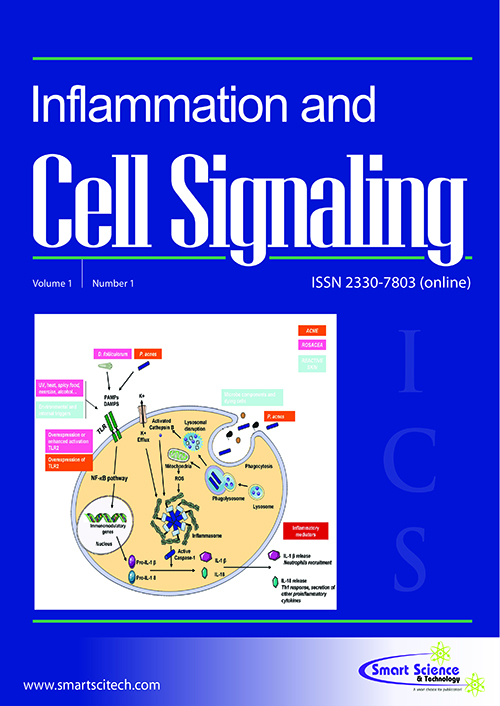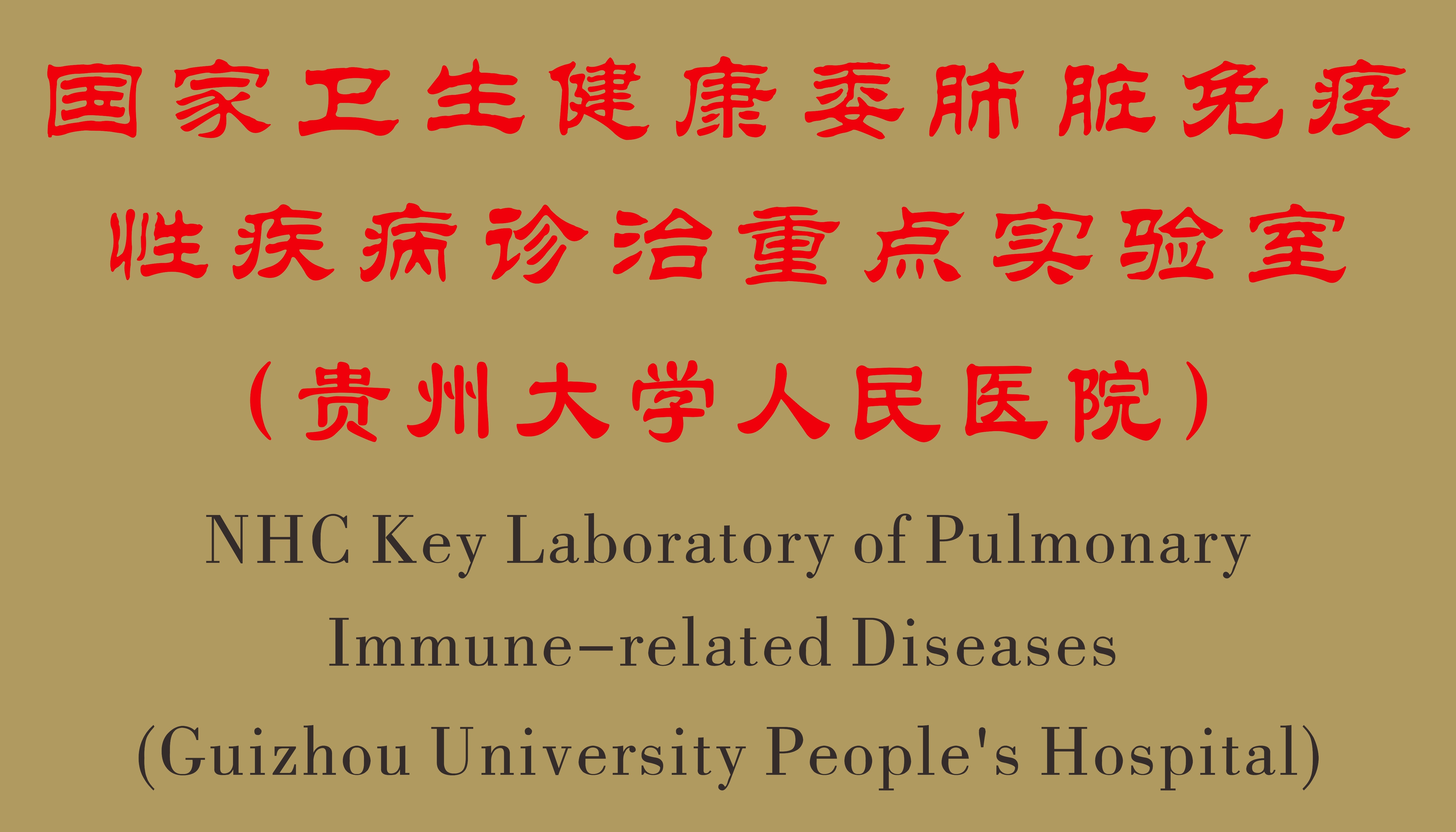Development of a novel cytoplasmic hydroxyl radical-targeting antioxidant (TA293) that suppresses cellular senescence, inflammation, and apoptosis
DOI: 10.14800/ics.1539
Abstract
Hydroxyl radicals (•OH) exhibit the strongest oxidation potential of any reactive oxygen species (ROS) and react non-specifically with cellular components, such as nucleic acids, lipids and proteins. While mitochondrial •OH incites oxidative damage resulting in mitochondrial dysfunction, the actions of cytoplasmic •OH remain unknown as no cytoplasmic •OH-specific scavenger has been identified to date. To solve this problem, we developed the cytoplasm- and mitochondrion-specific •OH-targeted scavengers TA293 and mitoTA293, respectively. As expected, TA293 and mitoTA293 scavenged •OH, but not O2– or H2O2. Notably, TA293 scavenged pyocyanin-induced cytoplasmic •OH, but not mitochondrial radicals induced by antimycin A. Conversely, mitoTA293 scavenged •OH only in the mitochondria in vivo and in vitro. Interestingly, we found that cytoplasmic •OH plays a central role in cytoplasm ROS-induced oxidative stress, which potentiates cellular senescence, inflammation, and apoptosis in the kidney and lung. Based on these findings, we believe that TA293 could be a novel tool to study the effects of •OH damage within the cytoplasm.














